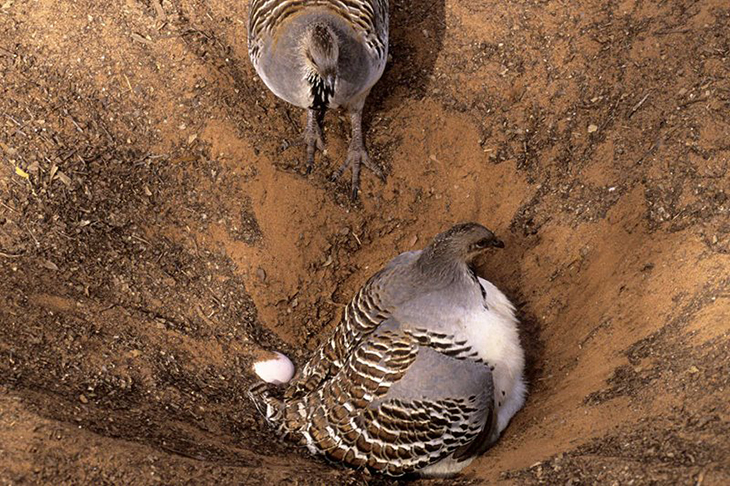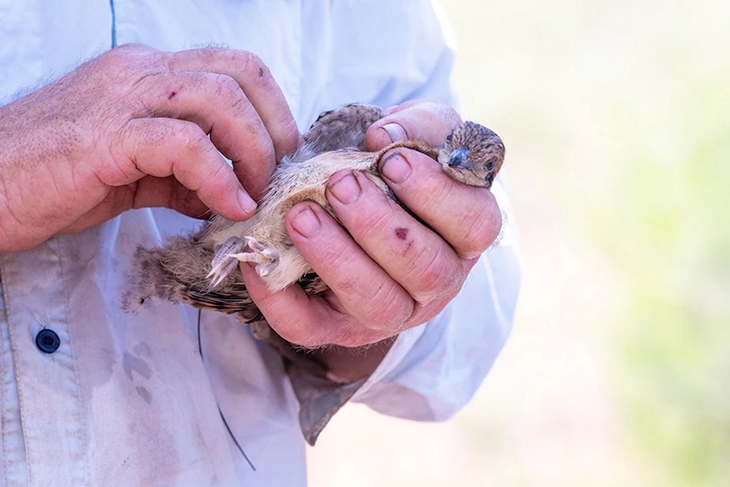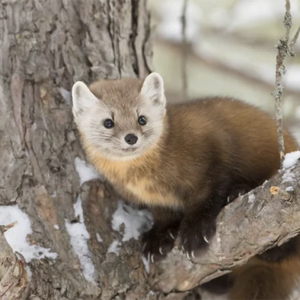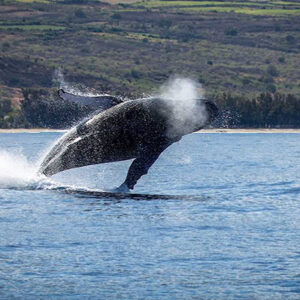
In Australia, the Malleefowl, an endangered species with a population of 25,000 remaining, faces a critical situation, particularly in the state of New South Wales, where only 2,800 individuals persist in the midst of high human population density. However, an unexpected group of saviors has emerged to champion the cause of these imperiled birds: farmers.
The Malleefowl, ground-nesting birds that have evolved in harmony with their ecosystem, now grapple with a disrupted survival and reproduction strategy due to the presence of feral cats and invasive foxes. The challenges are evident in the wild, where the survival rate of Malleefowl chicks is distressingly low, hovering at less than 2%.
These intriguing birds employ intricate plumage for camouflage, mastering the art of concealment from other creatures within their habitat. Categorized under the Galliformes family as “mound builders,” Malleefowl exhibit a fascinating nesting behavior.
During winter, male Malleefowl meticulously select a location, typically beneath the shade of a mallee tree, to construct a nesting mound. This process involves raking sandy soil backward with their feet, digging approximately 3 feet deep. Over the course of the winter, they accumulate organic material around the depression, forming a mound that can reach a height of up to 2 feet.
In the Rankins Springs area near West Wyalong, farmers have assumed the role of protectors for the past three years. They collect eggs from the Malleefowl’s nesting mounds and transfer them to a specialized incubation facility, eventually releasing the hatched chicks into a feral-free enclosed environment. This proactive initiative, orchestrated by Australian wildlife advocate Mal Carnegie, founder of the Lake Cowal Foundation, aims to safeguard the unique ecosystem surrounding Lake Cowal. The funding for this undertaking was secured through an endowment from a nearby gold mining company.
Carnegie, now dedicated to the cause of the Malleefowl, reports promising progress. Ten juveniles have been observed through cameras in the 140-acre enclosure that was established approximately 12 months ago. The collaboration between farmers, wildlife enthusiasts, and private entities exemplifies a harmonious effort to preserve and rejuvenate the Malleefowl population, offering hope for the future of this endangered species in Australia.
“Once the chicks come out of the mound they are on their own, they are well adapted but obviously we have got predators like foxes and cats,” he said when he spoke about the species’ low survival rate. “The average survival rate of chicks up to 12 months of age in the wild is very low, we are talking numbers up to 2%.”

By implementing the catch, incubate, and release program, they have successfully boosted the chances of reaching maturity by tenfold. It is noteworthy that this particular strategy had previously failed before the farmers became involved in the species’ protection efforts.
“They didn’t have a great deal of success but we have just put a bit of farmer logic into the whole process of incubation and releasing,” one farmer named Rodney Guest said as reported by ABC News AU. He has spent the last 20 years clearing feral cats and foxes and making sure that they were not in his property. This was his way of helping protect the bird.
“We have been picking up birds from the previous and current season, we are really over the moon with what we have achieved.”
What are your thoughts? Please comment below and share this news!
True Activist / Report a typo


